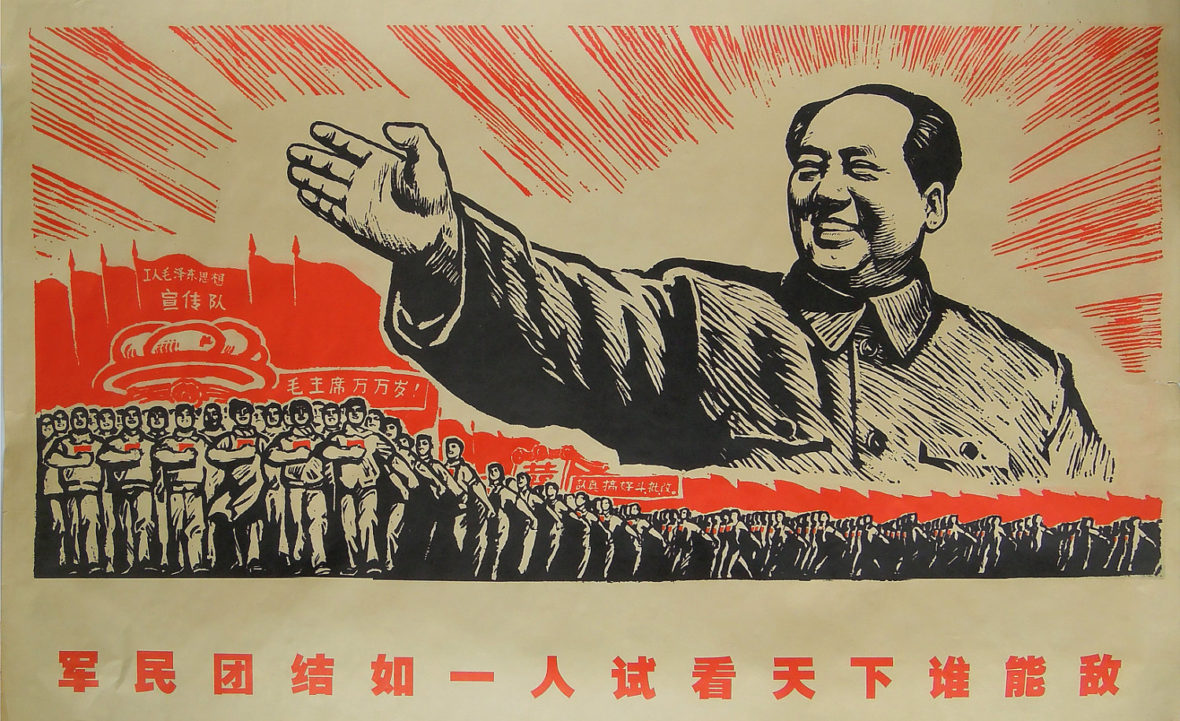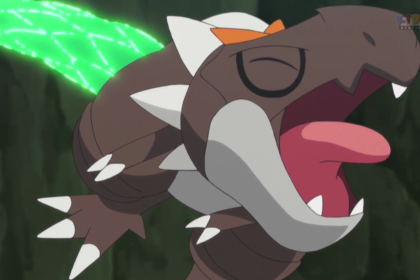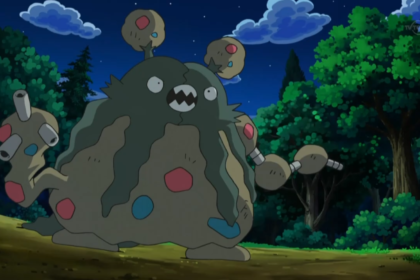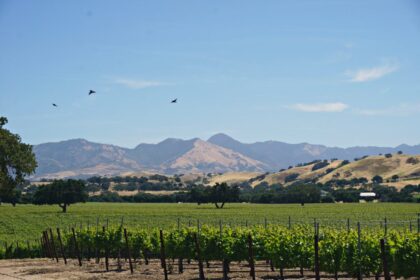Mao Zedong, commonly known as Chairman Mao, was a Chinese communist revolutionary who became the founding father of the People’s Republic of China, which he ruled as the Chairman of the Communist Party of China from its establishment in 1949 until his death in 1976. Take a look below for 30 more fascinating and interesting facts about Mao Zedong.
1. His theories, military strategies and political policies are collectively known as Maoism.
2. Mao was the son of a wealthy farmer in Shaoshan, Hunan.
3. He had a Chinese nationalist and anti-imperialist outlook early in his life, and was particularly influenced by the events of the Xinhai Revolution of 1911 and the May Fourth Movement of 1919.
4. He later adopted Marxism-Leninism while working at Peking University, and became a founding member of the Communist Party of China, leading the Autumn Harvest Uprising in 1927.
5. During the Chinese Civil War between the Kuomintang and the Communist Party of China, Mao helped to found the Chinese Workers’ and Peasants’ Red Army, led the Jiangxi Soviet’s radical land policies, and ultimately became head of the Communist Party during the Long March.
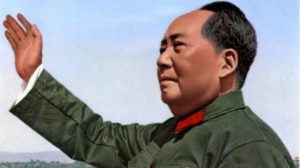
6. Although the Communist Party of China temporarily allied with the Kuomintang under the United Front during the Second Sino-Japanese War, China’s Civil War resumed after Japan’s surrender and, in 1949, Mao’s forces defeated the Nationalist government, which withdrew to Taiwan.
7. On October 1, 1949, Mao proclaimed the foundation of the People’s Republic of China, a single party state controlled by the Communist Party of China.
8. In the following years, he solidified his control through land reforms and through a psychological victory in the Korean war, as well as through campaigns against landlords, people he termed “counter-revolutionaries,” and other perceived enemies of the state.
9. In 1957, he launched a campaign known as the Great Leap Forward that aimed to rapidly transform China’s economy from agrarian to industrial. The campaign led to the deadliest famine in history and the deaths of an estimated minimum of 45 million people between 1958 and 1962.
10. In 1966, Mao initiated the Cultural Revolution, a program to remove “counter-revolutionary” elements in Chinese society that lasted 10 years and was marked by violent class struggle, widespread destruction of cultural artifacts, and an unprecedented elevation of Mao’s personality cult.
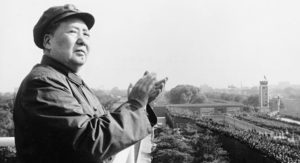
11. In 1972, Mao welcome American President Richard Nixon in Beijing, signalling the start of a policy of opening China to the world.
12. After years of bad health, Mao suffered a series of heart attacks in 1976 and died at the age of 82.
13. A controversial figure, Mao is seen as one of the most important and influential individuals in modern world history.
14. Mao is known as a political intellect, theorist, military strategist, poet and visionary.
15. His supporters credit him with driving imperialism out of China, modernizing the nation and building it into a world power, promoting the status of women, improving education and health care, as well as increasing the life expectancy as China’s population grew from around 550 million to over 900 million under his leadership.
16. His regime has also been called autocratic and totalitarian, and condemned for bringing about mass repression and destroying religious and cultural artifacts and sites.
17. Mao is responsible for vast numbers of deaths with estimates ranging from 30 to 70 million victims.
18. Mao’s father arranged his marriage to a 17 year old girl at the age of 14, in order to unite the two families. Mao never accepted the marriage and his wife Luo Yigu died in 1910.
19. In 1918, Mao became a certified teacher.
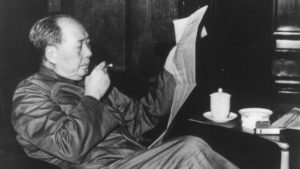
20. Unable to find work as a teacher, young Mao moved to Beijing and worked as a librarian’s assistant at a university.
21. Mao set up many labor camps in China, where millions of people were sent and killed.
22. Mao married four times in his life and had a total of ten children.
23. In the beginning of his rule, Mao’s reforms were a lot more liberal. For example, in 1956, he launched the Hundred Flowers Campaign which offered freedom of opinion and allowed others to express their thoughts.
24. During the early years of his leadership, some people believed that he had the spirit to drive a revolution but that he didn’t have the ability to run a country.
25. Many of the Mao inspired revolutions destroyed China’s national heritage and created economic and social disaster across the country.
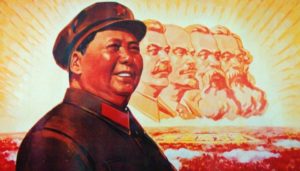
26. As did most Chinese intellectuals of his generation, Mao’s education began with Chinese classical literature.
27. Mao told Edgar Snow in 1936 that he had started the study of the Confucian Analects and the Four Books at a village school when he was eight years old, but that the books he most enjoyed reading were Water Margin, Journey to the West, the Romance of the Three Kingdoms and Dream of the Red Chamber.
28. Mao published poems in classical forms starting in his youth and his abilities as a poet contributed to his image in China after he came to power in 1949.
29. His poetry style was influenced by the great Tang dynasty poets Li Bai and Li He.
30. Some of Mao’s most well known poems are Changsha, The Double Ninth, Loushan Pass, The Long March, Snow, The PLA Captures Nanjing, Reply to Li Shuyi, and Ode to the Plum Blossom.

